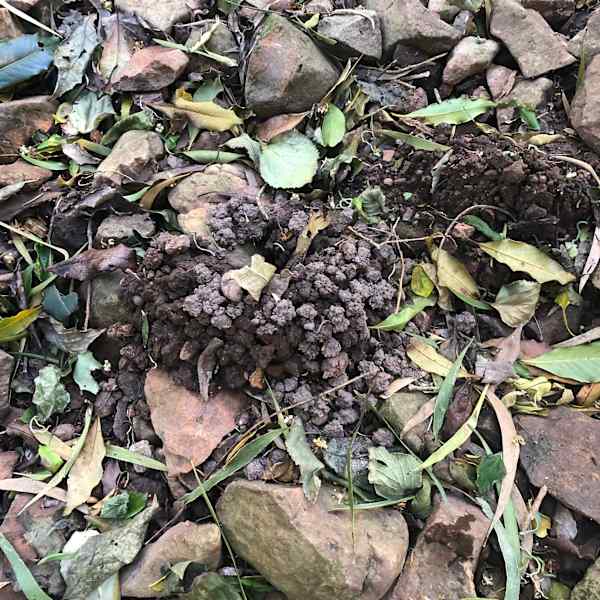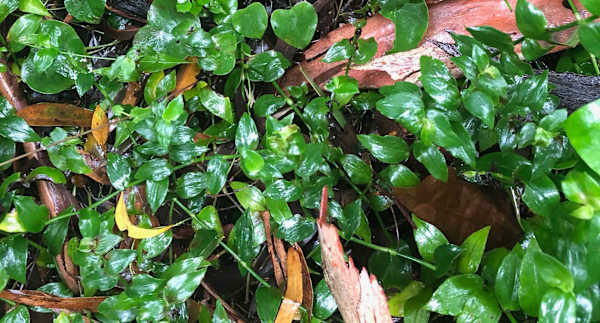By Emma Rooksby, coordinator of Growing Illawarra Natives
We've looked recently at gardening for lizards, for insects, for birds and for platypus, and I've really enjoyed the journey. But taking that sequence further ('Gardening for whales' anyone?) would require leaps of creative imagination and scientific research that are well beyond my abilities on a Monday night looking at the crazy weather forecast and scanning the BoM rain radar.
So it's time to change tack. Over the next few weeks, this column will look at local waterways in the Illawarra region, their quirks and charms, their significance for local biodiversity, their many challenges, and what each of us can do to help look after them.
The Illawarra is home to dozens of waterways that flow east from the escarpment towards the sea. They include larger waterways such as Macquarie Rivulet, Minnamurra River, Crooked River and Allens Creek, and many smaller creeks. Some of the smaller waterways don't always hold water above the soil level, and run only in periods of high rainfall.
These creeks are home to amazing life, including unique freshwater crayfish (Euastacus species) and platypus, and all the smaller critters that are parts of their diets.

The region also hosts the headwaters of the Hawkesbury River: the Avon, Cataract and Cordeaux Rivers, which all flow west from the top of the Illawarra escarpment.
These major rivers have been dammed to provide drinking water to the Sydney and Illawarra regions, and are protected by the 'Special Areas' designation, where access is restricted to help protect the health of the catchment. They are ecologically, culturally and socially very significant, and given much better above-ground protection than Illawarra's urban waterways.
East of the escarpment, many of the waterways have been profoundly altered since European colonisation.
Land clearing, draining of swamp and wetland areas, and urban development have changed how water flows into waterways, and how the waterways themselves function.
There is less opportunity for watercourses to change their path if they're hemmed in by housing, let along channelised using concrete. At the same time, increases in hard surfaces mean that more runoff goes straight into creeks as 'storm water' rather than soaking into the soil.
As the following photo shows, the intensity of rainfall that runs through local creeks can be absolutely massive, resulting in significant erosion and the dislodgement of major engineering structures.

Even minor activities along waterways can have profound impacts.
For example, planting an exotic plant along the edge of your local creek may result in the spread of an environmental weed. Many environmental weeds in New South Wales are aquatic species, and many others thrive and spread along creek banks. The further upstream a weed is introduced, the greater the area downstream that might be impacted.
So think before you plant, and always grow local!






